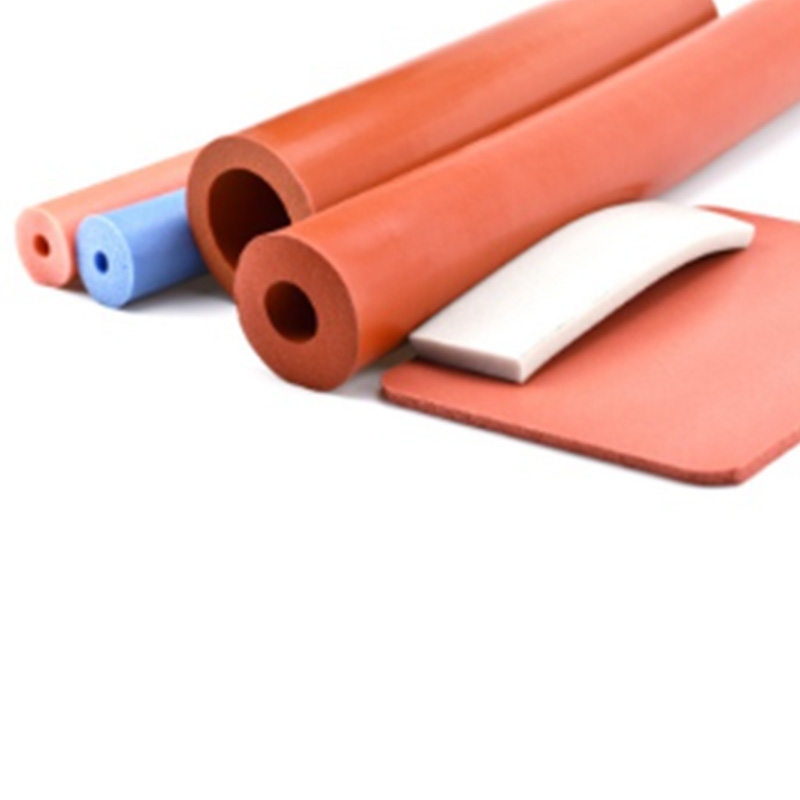An Overview of Products Manufactured by a Rubber Hose Production Line
The rubber hose production line is a vital component in modern industrial manufacturing, serving various sectors ranging from automotive to agriculture. As someone who has worked with and observed the operation of rubber hose production lines, I can confirm that these systems are designed to produce a wide range of hose products with diverse applications. The production line itself is a well-integrated setup, consisting of equipment like rubber extruders, braiding or spiraling machines, vulcanizing units, and quality testing stations. However, it is the end products—the rubber hoses—that define the practical value of the line.

1. Automotive Rubber Hoses
One of the prominent product groups manufactured on rubber hose production lines is automotive hoses. These include:
Radiator hoses
Heater hoses
Fuel hoses
Vacuum hoses
Turbocharger hoses
These hoses must meet stringent requirements related to temperature resistance, pressure stability, and chemical compatibility. For instance, radiator and heater hoses must tolerate high temperatures and prolonged contact with coolant fluids. Typically, these hoses are made using EPDM rubber due to its heat and ozone resistance. Fuel hoses, on the other hand, are often manufactured using NBR (nitrile rubber) or FKM (fluoroelastomers) for better fuel resistance.
Automotive hoses usually undergo reinforcement—either textile braiding or wire spiraling—to enhance their pressure resistance and structural integrity. After extrusion and reinforcement, they are vulcanized to solidify the rubber structure and ensure durability under real-world conditions.
2. Industrial Rubber Hoses
The production line also facilitates the manufacture of industrial hoses, which serve a broad array of functions in manufacturing and engineering environments. These include:
Air hoses
Water hoses
Oil hoses
Steam hoses
Chemical hoses
Each of these is formulated and constructed to suit specific working conditions. For example, steam hoses must handle high-pressure, high-temperature environments and are usually reinforced with steel wire to prevent expansion or rupture. Chemical hoses require a lining that can resist corrosive substances—commonly using synthetic rubber like EPDM, CSM, or PTFE-lined inner layers.
Industrial hoses often come with multiple reinforcement layers and sometimes with protective outer covers to shield against abrasion, weather, and mechanical wear. The configuration and material selection depend heavily on the intended use, with precise calibration required to balance flexibility, weight, and strength.
3. Hydraulic Hoses
Another key category includes hydraulic hoses, which are essential in fluid power systems. These hoses typically operate under very high pressures and must meet strict safety and performance standards. The core structure generally involves:
An inner rubber tube
One or more reinforcement layers (usually braided or spiral steel wire)
An outer rubber cover
Hydraulic hoses are designed to transmit hydraulic fluids like mineral oil, synthetic compounds, or water-based fluids within construction machinery, industrial presses, and other heavy-duty applications. These hoses must endure constant flexing, pressure surges, and environmental exposure. The production process must be highly controlled, particularly in the braiding and vulcanizing stages, to ensure the hose does not fail under demanding operational stress.
4. Agricultural and Garden Hoses
The production line is also equipped to manufacture hoses for lower-pressure applications, such as agricultural irrigation and gardening. These hoses prioritize flexibility and weather resistance over high-pressure endurance. They may include:
Soaker hoses
Spray hoses
Drip irrigation hoses
These products are usually made from synthetic rubber or blends that are UV-resistant and flexible under varying weather conditions. The focus here is on cost efficiency and ease of use, with color-coding or surface texturing often added to help users distinguish between hose types or improve handling.
5. Specialty Rubber Hoses
In addition to the common categories mentioned, rubber hose production lines can also produce custom or specialty hoses for niche markets. These might include:
Food-grade hoses for transporting liquids in food processing plants, made from FDA-approved rubber.
Silicone hoses for pharmaceutical or medical applications, known for their purity and temperature resilience.
Marine hoses, designed to resist saltwater and sunlight.
Specialty hoses often require additional cleanliness, certification, and unique material formulations. The production process may involve custom dies, special curing methods (such as microwave vulcanization), or precise control of wall thickness and diameter.






 English
English 中文简体
中文简体 русский
русский



